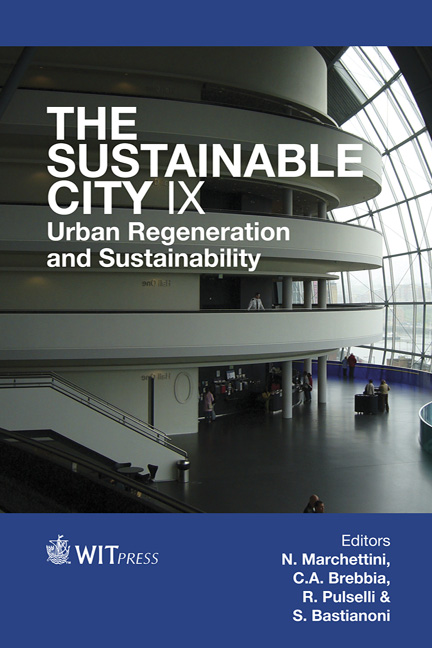Integrated Design Strategies For Envelope Skins: User-driven Adaptive Design Solutions To Improve Sustainability And Energy Efficiency In Social Housing
Price
Free (open access)
Transaction
Volume
191
Pages
12
Page Range
1037 - 1048
Published
2014
Size
822 kb
Paper DOI
10.2495/SC140882
Copyright
WIT Press
Author(s)
E. Cattani, A. Ferrante, R. Gulli
Abstract
Upgrading the environmental and energy performance of existing buildings has taken in recent years a central role in the issues related to sustainability and energy saving. More than 75% of the energy consumed for heating and air-conditioning is essentially wasted due to inefficient insulation wrap, poor sealing of windows and poor performances of the plants’ system. The identification of the most appropriate retrofitting options is a topic of outstanding importance given the potential costs and impacts involved. To ensure replicable results across the EU context, the research methodology presented in this paper is based on the assumption that the solution has to be found in a multi-disciplinary process applicable to almost all the possible scenarios. Standardized interventions are not the effective and sustainable solutions that we are looking for, pre-made receipts are generally addressed towards one main issue are partly effective and not efficient considering the life cycle of the building.
The aim is to combine technologies and design tools in one integrated process: 1) Offering an interesting payback time. 2) Increasing the energy performances of the envelope through variable solutions which increase the participation of the users. 3) Overcoming the existing socio-economic barriers
Keywords
energy efficiency, envelope performance, user driven solutions, building retrofitting, social housing





